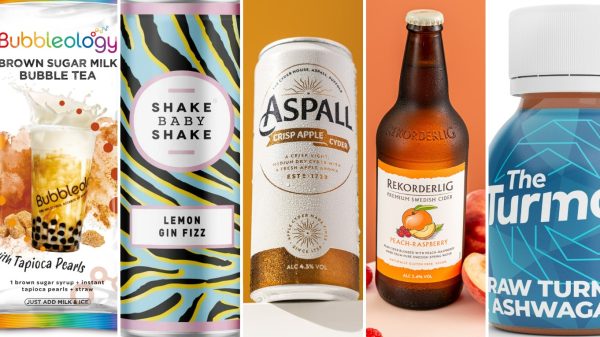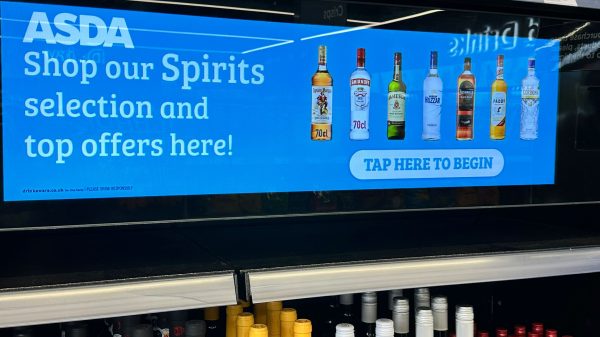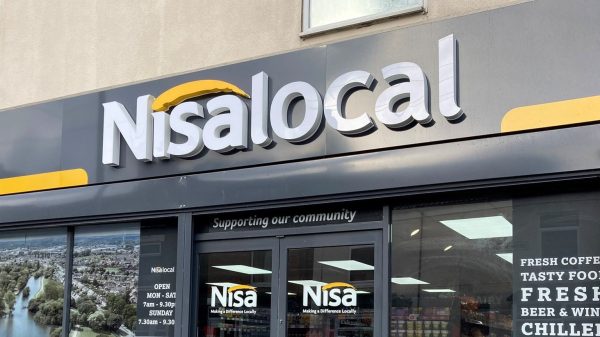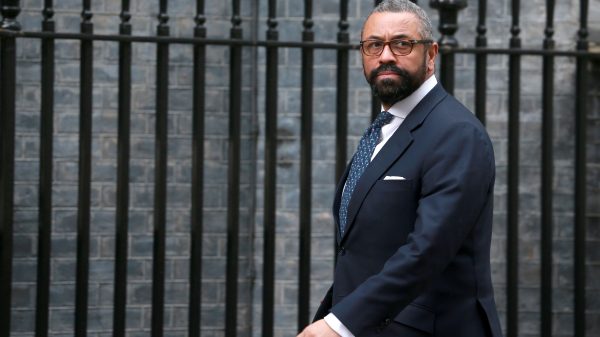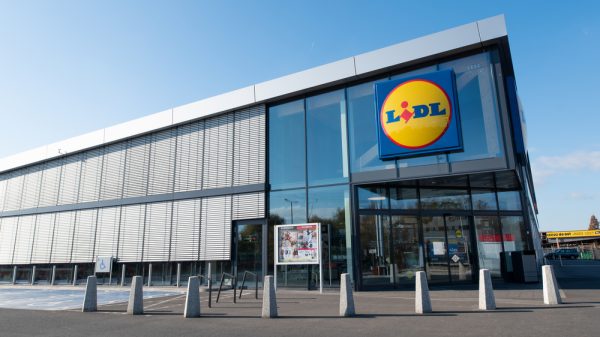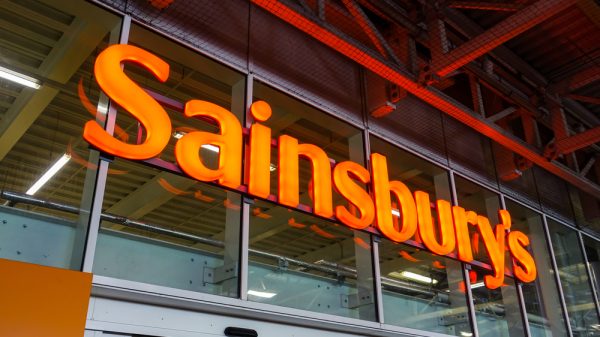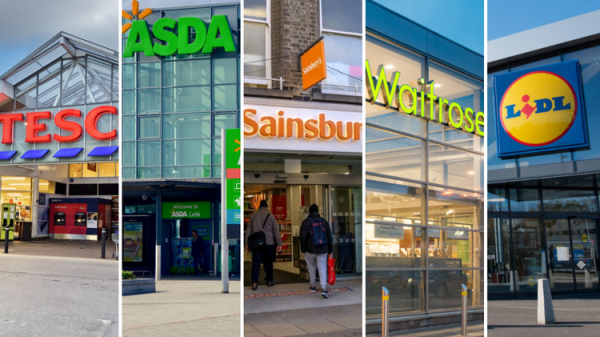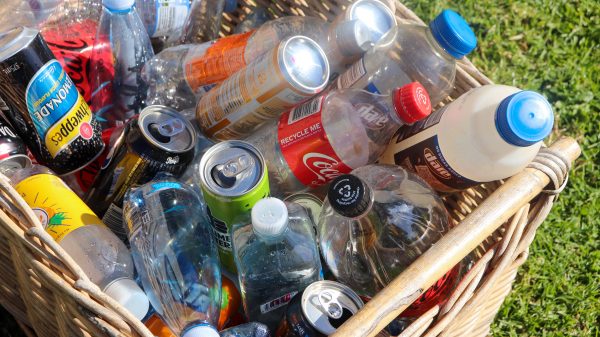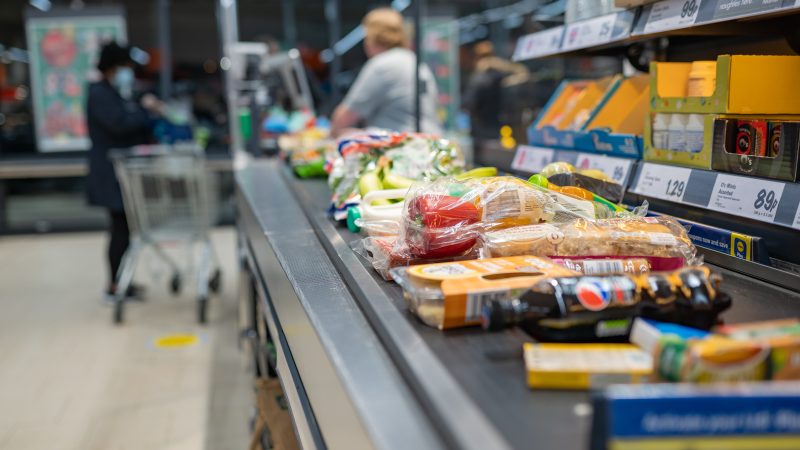Copycat products in the grocery world are nothing new, with own-label versions of popular branded products often sitting on supermarket shelves and flying under the radar for years before someone takes notice.
But recently, brands have been fighting back. From Lindt winning a court battle against Lidl over its foil-wrapped chocolate bunnies to Thatchers suing Aldi for allegedly copying its Cloudy Lemon Cider, a host of brands and retailers have decided enough is enough.
Leading the charge on the legal battle front is high street giant M&S, which has found itself at the centre of several lookalike lawsuits over the past year.
M&S’ legal battles; from Colin to Percy
M&S took its first stand in the run-up to Christmas last year when it accused Aldi of copying its Colin the Caterpillar cake, arguing that the similar Cuthbert cake could lead consumers to believe they are of the same standard and “ride on the coat-tails” of M&S’ reputation.
Shortly afterwards, M&S also launched a legal claim against the discount supermarket for allegedly copying its ‘Light Up’ Christmas gin (a move Aldi didn’t take too seriously at the time).
This week saw the retailer taking legal action against sweetmaker Swizzles over its ‘Pig Mug’ sweets – which have been on sale since 1996. M&S’ lawyers say they are “highly similar” to Percy Pigs and could lead to shoppers being confused by the two products.
“It is indisputable that ‘Percy Pig’ has built up substantial goodwill and reputation in the UK since M&S launched the sweet in 1992,” says IP Partner at legal firm Hogan Lovells, Joel Smith.
“M&S’ arguments centre on Swizzels’ Pig Mugs gums being confusingly similar to Percy. However, with almost 26 years of concurrent use, the hurdle for M&S is whether this is an example of honest co-existence, or whether Swizzels has acted unfairly.”
He points out that in general, brand owners are enforcing their trademark rights more often as they look to prevent lookalikes and protect their consumer base.
“With the cost of living going up, and as consumers move to the cheaper alternatives, we predict more disputes in this area.”
How copycats are cashing in
Although typically cheaper than the original brand, a recent report from the British Brands Group (BBG) revealed that a number of copycat products have been hiking up prices, resulting in shoppers paying more for own-label brands than they would do normally.
As part of its research, BBG sent evidence to Trading Standards and the Competition & Markets Authority (CMA), citing nearly 30 examples of retailer own-brand products using “parasitic” tactics to target shoppers.
BBG said that while there was already “extensive” evidence that mimicking brands persuade shoppers to accidentally buy the lookalike products, the move could also bring “significant” harm to an already existing manufacturer.
“We all know why copycats are done, it’s either to sell more or to charge more,” said BBG managing director, John Noble at the time.
“We have lots of evidence to show that people mistakenly buy these products, but this is the first time we’ve got good evidence of price hikes. This is particularly topical at a time when shoppers are facing a cost-of-living crisis.”
Speaking to Grocery Gazette in more detail, he adds: “By suggesting, via similar packaging, that products are the same, the original loses its distinctiveness, shelf stand-out and authenticity.
“If a shopper buys the copy thinking it is the brand or is made by the same manufacturer and is disappointed, the original suffers reputational damage and loses trust as it will become viewed as inconsistent and unpredictable.
“As a result, economically, the damage comes from more than the lost sales – and this can be significant. The copycat can be likened to a parasite,” says Noble.
Taking the copycats to court
The BBG’s evidence cited a 2021 case which involved Hendrick’s Gin and Lidl’s own-brand Hampstead Gin, after the latter changed the design of its bottle to more closely mimic the branded bottle.
Hendrick’s Gin maker William Grant & Sons took Lidl to court over the alleged trademark infringement, where the judge ruled that Lidl would be temporarily banned from selling Hampstead Gin in Scotland.
“The similar packaging included a larger bottle so the per cl price could have been expected to be lower,” the report said.
In another example, Brewdog was accused of “trying to impersonate” the logo, design and branding of the craft soda beverage label Soda Folk earlier this year. At the time, the up-and-coming soft drinks company had a jab at what it believed to be craft beer brewer BrewDog’s plagiarism in a post on LinkedIn – which subsequently went viral.
According to Soda Folk’s MD Simon Waterfall, more than 28,000 readers on Linkedin and hundreds of professionals across retail and the food and beverage industry reacted to the company’s claim that BrewDog has copied the craft soft drink’s look.
“They say that imitation is the sincerest form of flattery. And if you are a pioneering brand, to some extent you expect attempts to copy you,” says Simon Waterfall.
“We weren’t worried, as we think our product is miles ahead of BrewDog’s in terms of flavour, awards, and sales.”
Interestingly, despite the LinkedIn post, Soda Folk never pursued legal action against BrewDog. When a huge brand mimics one of the ‘little guys’ like in this case, the risk of incurring sky-high legal costs are enough to deter the smaller brand from pursuing legal action.
“We’re not going to even attempt to get into a legal battle with them,” Waterfall says.
“They are one of the most brilliant brands in the world of beer. I truly admire how they disrupted the beer market and we would love to emulate their success in the beer category with our own success in the soft drinks category.”
How can brands protect themselves from copycats?
At present it is a “challenge” for a brands to protect themselves from being copied in the UK, with BBG director John Noble describing protection against copying as being “very weak”.
“Because brand owners have ineffective tools to protect themselves in the UK and consumer protection against misleadingly similar packaging is almost non-existent, copiers know they have a strong chance of getting away with copying, reaping the higher sales and higher prices as a result,” he says.
“The practice is rife and, for some, it seems to have become something of a business strategy. This makes tackling the problem even more challenging for branded suppliers so the problem is getting worse, not better.”
Noble says the best a brand owner can do is ensure pack designs have sufficient intellectual property protection, which should be put in place as early as possible and certainly before any copies appear on the market.
“It is also important not to ignore the impact on the shopper,” he adds, revealing that well over 20% of shoppers have bought a copy believing it to be the original.
“Many shoppers will be duped into thinking the copy is familiar, which leads to a greater willingness to buy or pay more. All of these are sleights of hand used to boost sales and command higher prices. Shoppers are being preyed on.”
As competition on shelves grows increasingly fierce amid the cost-of-living crisis, we can expect to see more brand owners following in M&S’ footsteps as they make a stand against lookalike products. Whether they are successful or not is, of course, another matter entirely.

